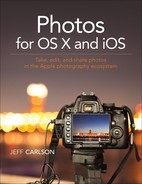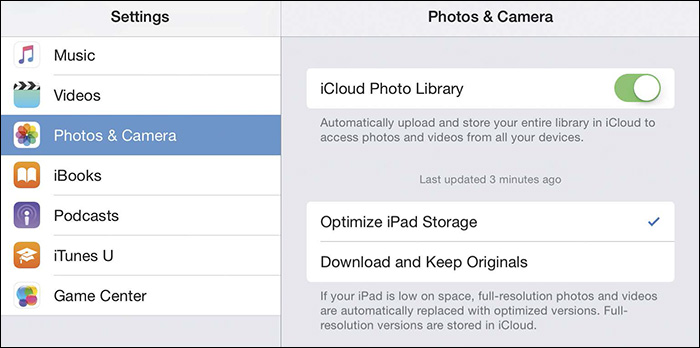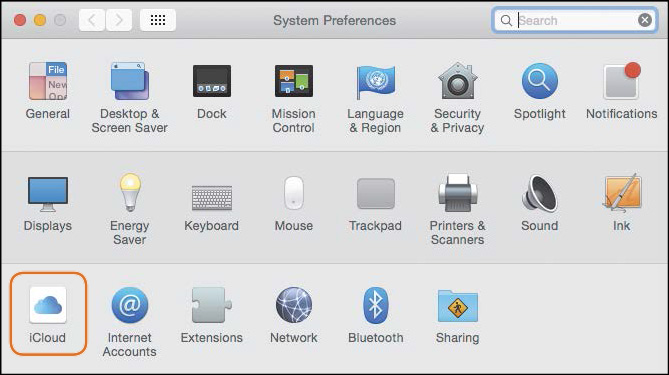Introduction
The iPhone is the most popular camera in the world. Not the most popular mobile phone, but the most popular camera. It’s taken the place of many point-and-shoot cameras for one reason: you can’t argue with convenience. It’s easy to capture a spontaneous moment using the camera phone in your pocket. Even when I’m out shooting with other cameras, I also snap photos using my iPhone.
But what happens then? Images can’t stay on the iPhone forever. The answer is the twin anchors of Apple’s photography ecosystem, Photos for OS X and Photos for iOS, tied together with iCloud Photo Library. Images captured on an iPhone, iPad, or iPod touch automatically sync to iCloud and are copied to all your devices. That also means you have access to your entire photo library wherever you are.
The Photos application isn’t solely focused on mobile photography, mind you. Photos for OS X replaces Apple’s earlier photo applications, iPhoto and Aperture, where you probably have years of images from several types of digital cameras stored.
This book takes you through the entire workflow of working with photographs on the Mac, from snapping and editing photos on iOS devices to managing them on other devices and the Mac. Use iCloud Photo Library to access all your photos no matter where you are, and iCloud Photo Stream to share photos with others instantly. Then take the photos further by making prints and cards, creating photo books and calendars, and building slideshows. I also walk you through the steps (and around potential pitfalls) of converting existing iPhoto and Aperture libraries to work with Photos for OS X.
Notes About This Book
I’m making a few assumptions about you, dear reader, to make sure we’re both on the same page:
• You own a Mac, an iOS device, or both, which can run the included Photos apps. That means you’re running a Mac with OS X Yosemite (version 10.10.3) or later, and iOS 8 on any iPhone, iPad, or iPod touch device.
• You know the basics of using Apple’s products. I don’t expect you to be an expert, but as long as you can get around easily, you’re good.
• You own a camera (which may be your iPhone) and have photos you can work with. I don’t provide sample files to download, but that’s okay—I’d rather you invest your precious time on your own photos.
As you read, you’ll run into examples where I’ve adopted general terms or phrases to avoid getting distracted by details. For example, I may refer to the “computer” or the “desktop” as shorthand for any traditional computer that isn’t an iPad or iPhone.
The same general rule applies to iPad and iPhone models. For example, the iPad mini, despite its size, is still a fully functional iPad, so when I refer to “iPad” in general it applies to the iPad mini as well as to the larger, flagship model. Similarly, I don’t always refer to specific models.
I also frequently refer to just the iPhone even though the information applies equally well to the iPod touch. I’m not being lazy, for two reasons: If I had to always type “iPhone, iPad, and iPod touch,” I’d go quickly insane. Also, as I write this, the latest iPod touch Apple sells is the fifth-generation model, which was originally released in 2012. I suspect that unless Apple has something up its sleeve, the iPod touch as we know it will soon disappear.
When directing you to specific areas within iOS and OS X, I use a shorthand for locating them. For example, to access the preferences for the Camera app, I’ll point you to Settings > Photos & Camera. That translates to “open the Settings app and tap the Photos & Camera button” (1).
On the Mac, settings are called preference panes and are found in System Preferences. So when I ask you to open the iCloud preference pane, it means “open System Preferences and click the iCloud icon” (2).


